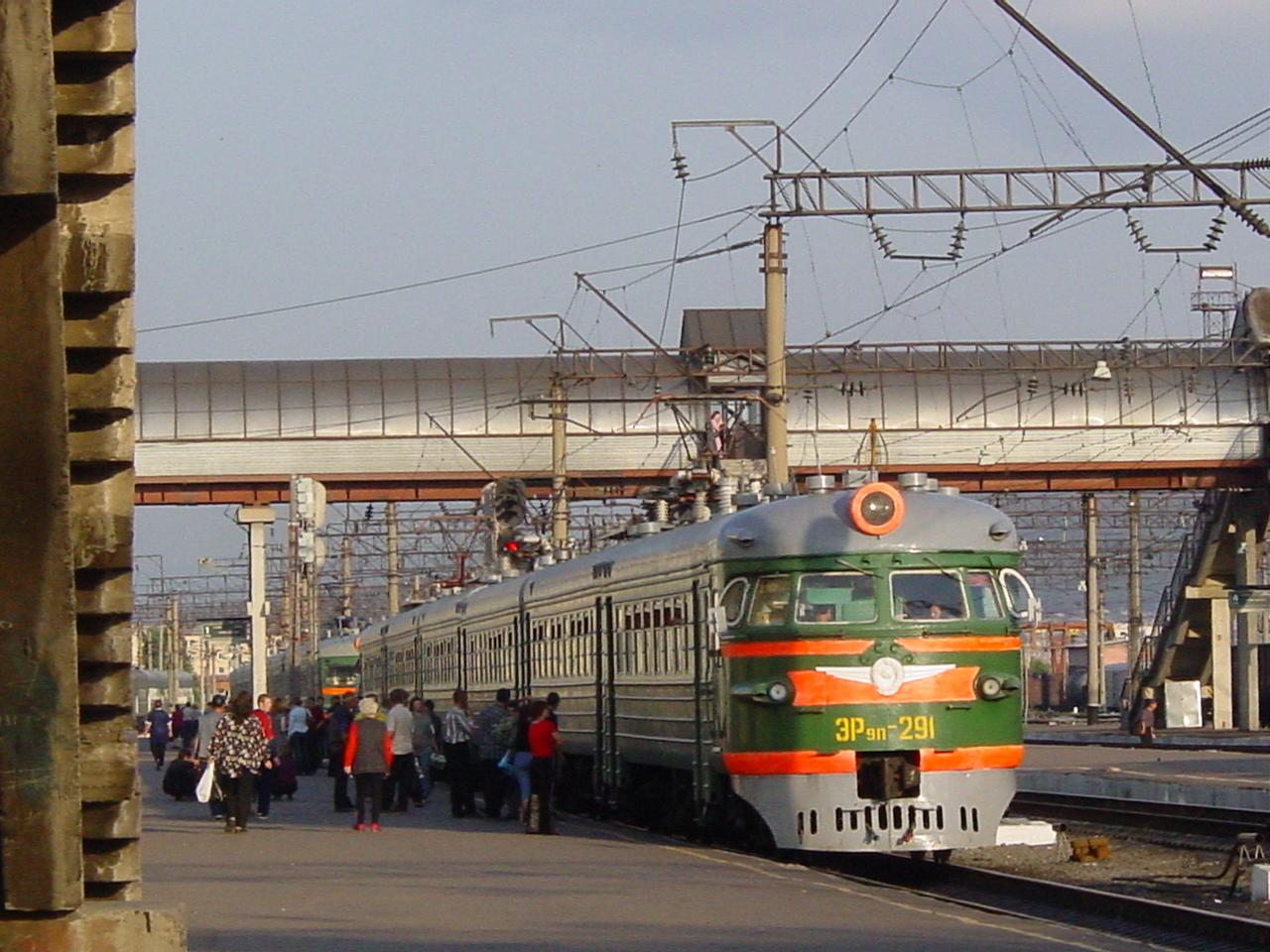The Trans-Siberian Railway: Don't bother
It may be a bona fide bucket list journey, but on its 100th anniversary, Simon Calder says you're better off taking planes over this train

On Tuesday, Pwllheli was detached from the rail network due to a fire on the Barmouth Viaduct. On Wednesday, Chester was cut off from Crewe due to a large-scale variant of the autumn problem of leaves on the line: an entire tree on the track (and yes, services were diverted via a branch line). And on Thursday a level crossing breakdown at North Sheen severed Barnes from Twickenham.
The issues that have faced the Trans-Siberian Railway, which celebrates the centenary of its completion this month, are of a different magnitude: revolution, civil war, world war and the collapse of the Soviet Union, whose backbone it was. But the steel ribbon that takes travellers one-quarter of the way around the world is still attracting travellers.
While Network Rail was dealing with the Cambrian Coast line on Tuesday, Russian Railways announced that passenger turnover (travellers multiplied by the kilometres they travel) rose last month by 8 per cent. That’s despite the availability of cheap flights: between the two ends of the line, Moscow and Vladivostok, it’s easy to find Aeroflot tickets for £150. If that looks expensive for a one-way domestic flight, bear in mind that the flight is 4,000 miles — further than from London to Chicago.
Talking of Chicago: Novosibirsk, the biggest city on the line between the Russian capital and the Pacific Ocean, is known as the Chicago of Siberia. Its name translates as “new Siberia” and it is a metropolis created by the railway — and now Russia’s third-largest city after Moscow and St Petersburg. You can change here for Kazakhstan.
Or, if you have cabin fever after 48 hours travelling east from the capital, just get off the train, head for 85 Gorky Street (just off Lenin Square) and the Hostel Dostoevsky. Here you can pay less than £5 for a bed that doesn’t sway and shudder, and consider the wisdom of taking what the great Eric Newby called “The Big Red Train Ride”.
It is big. But is it clever?
Well, I’ve been trundling around Russia by train for three decades. It’s a great way to meet the people, often over a drink, and to get a sense of the scale of the world’s biggest country. And I know that lots of travellers have the Trans-Siberian towards the top of their aspirational list of great experiences.
But I’m unconvinced that, in 2016, you have to go the distance by train, investing the best part of a week of your life on the journey from Moscow to Vladivostok (or, if you turn right at Ulan-Ude, Beijing).
In the Eighties, there were good economic reasons to travel to Asia by train. The make-believe economics of the Soviet era meant you could buy, from a travel agent in Budapest, a ticket to the far east for £55 — at a time when flights typically cost five times as much.
In the 2000s, the Rossiya — the flagship train between Moscow and Vladivostok — provided an engrossing cross-section of a nation in transition. It was also a handy way to hop between some sublime locations, from All Saints’ church in Ekaterinburg (built upon the cellar where Tsar Nicholas II and his family were executed while under house-arrest in 1918) to the boggling scale of Lake Baikal: bigger than Belgium, a mile deep and containing one-fifth of all the world’s fresh water.
Certainly the Trans-Siberian traveller should spend at least as much time off the train, exploring such locations, as on it. But as I wrote a decade ago when approaching the end of the line, “It might be murder on the Orient Express, but it can get fairly grim on the Rossiya, too.”
The cost of travel has fallen so much that many great rail experiences elsewhere in the world are easily accessible. The Darjeeling Himalayan Railway? Etihad and Jet Airways will get you to the nearest big city, Kolkata, for under £450 this month. The Indian-Pacific across Australia? Airlines from Heathrow are queuing up to offer “open jaw” tickets, out to Sydney and back from Perth, around the £600 mark in October. And probably the most scenic journey through Scotland, from Stranraer in the south-west to Mallaig in the north-west, has an advance fare of £37.
Your travel choices involve opportunity cost. Given that we all have limited time, in both the short- and long- term senses, I’m not sure that day after day passing through a blur of birch forests provides the best payback. Sure, sample the scale and power of Moscow; spend a day and a bit on the train to Ekaterinburg, just past the watershed of the Urals marking your arrival in Asia.
But see the city and then overtake the train with a £40, two-hour hop to Novosibirsk on Pobeda. Repeat this procedure (only on S7 Airlines) to Irkutsk. I’ve checked, and you won’t be missing much — except the camaraderie on board. But you’ll probably find plenty of interesting souls in the Hostel Dostoevsky in Novosibirsk.
Join our commenting forum
Join thought-provoking conversations, follow other Independent readers and see their replies
Comments